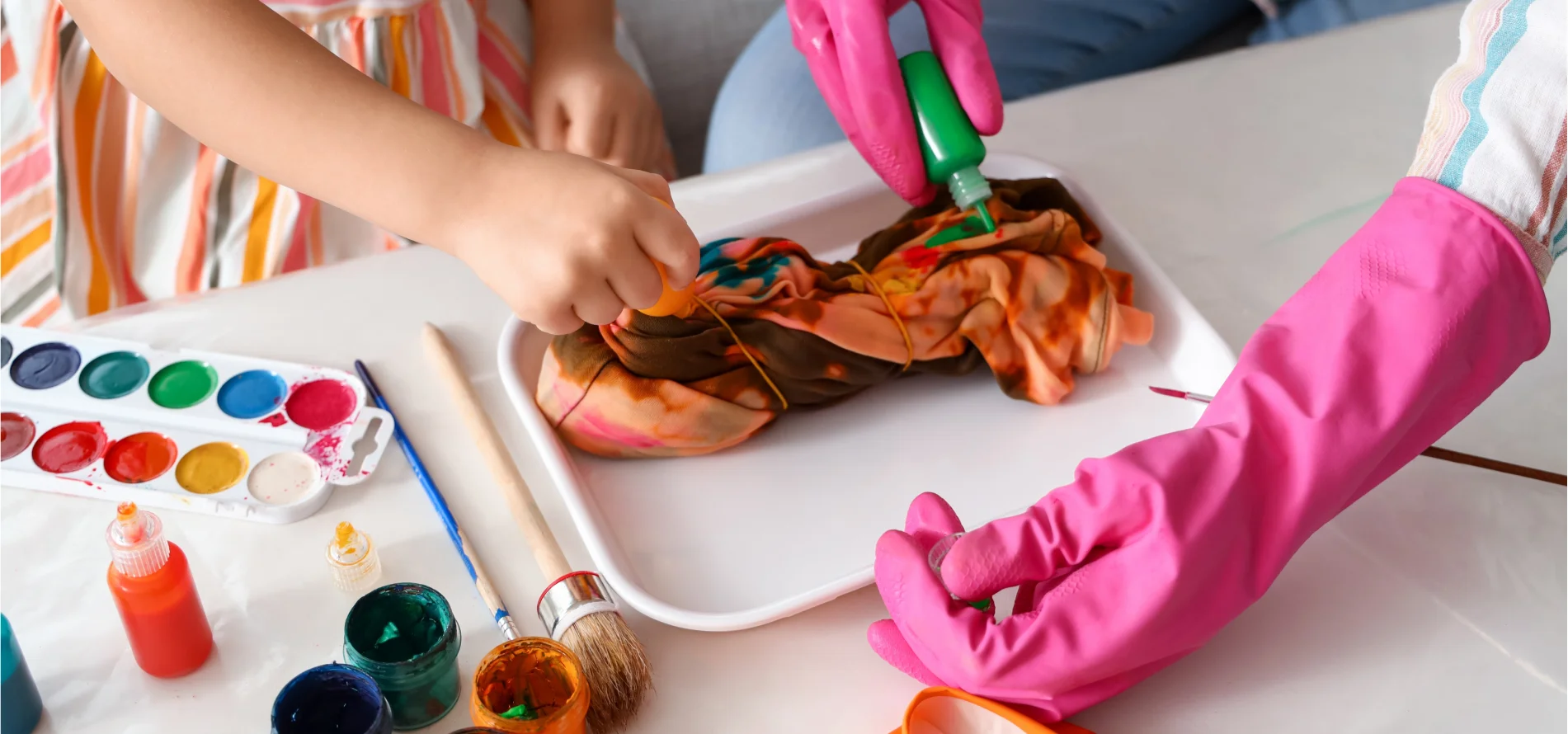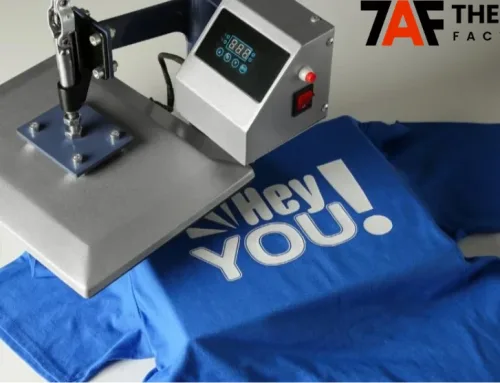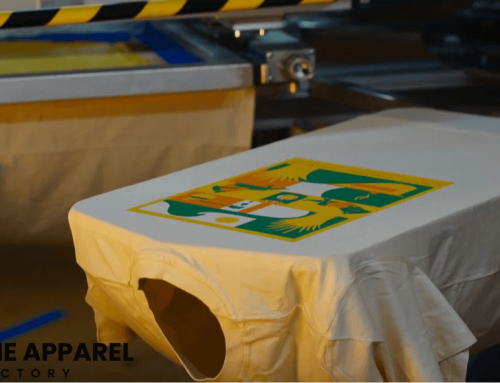
People find it great fun to play with colors! A dash of color can sprinkle joy into your day, and what can be a better idea to brighten up your mornings than wearing beautiful tie-dye patterns?
However, doing it is challenging isn’t a job if you are a beginner; that’s why I’m here to guide you on how to tie dye T-shirts as a beginner in creating colorful tie-dye patterns. Whether you are a newbie to dip and dye or a seasoned pro, you might find something you like in this article and learn tie and dye process!
Let’s start with the basics of tie-dye techniques and how they became popular in 2024.
What actually is Tie Dye?
Tie-dye is a resist-dying method using bright fabric colors, intense hues, and striking patterns. It is a dazzling display of a rainbow color spectrum, featuring vivid and soft pastel shades. Tie-dying became an economical and accessible method of transforming inexpensive garments, such as Wholesale t-shirts, singlets, skirts, jeans, army surplus items, and more, into kaleidoscopic creations.
Using affordable rit synthetic dye makes these beautiful creations unique and economical. Moreover, tie-dye clothes incorporate 70s and 80s patterns that bring comfort and evoke nostalgia for a carefree era.
3 Vibrant Types of Tie-Dye Techniques
Try these three vibrant types of tie-dye methods to discover the colorful realm of cloth art. With each technique, such as the tie-dye technique, you may add a different pop of color and dynamic patterns to your clothes.
- Traditional Tie Dye Process
- Tie Dye with Ice with Simple Tie Dye Instructions
- Tie Dye Using Bleach
1. Traditional Cool Tie Dye Patterns

In tie-dyeing techniques, as the name suggests, we first fold or crumple some parts of the fabric and fasten them using rubber bands or twine. Then, the fabric is dipped in a bucket of saturated color.
Another method is to spray colors using squeeze bottles on the sections of tied fabric. This fold and tying technique stops the dye from permeating the fabric. Any part of the fabric that the dye cannot reach will remain white, creating a beautiful design.
2. Tie Dye with Ice with Easy Tie Dye Instructions

It is similar to the traditional tie-dye method, but the only difference is that the garment is placed in ice and sprinkled over it. When the ice melts, it will dissolve the powdered dye and color the fabric, creating easy tie-dye patterns. You can get eye-catching tie-dye designs by using this simple method.
Shop the Best Tie-Dye Shirts– Buy Today!
3. Bleach Dye
Bleech tie dye, also known as reverse tie dye, has become a popular tie dye method. A black or dark-colored shirt is used for a bleach tie-dye project. The shirt is then knotted and bleached. The tie-dye pattern is created by bleaching the exposed fabric to a lighter color.
6 Simple Tie Dye Design Instructions on How To Tie Dye Shirt?
Enjoy a creative journey with these easy tie dye shirt steps to tie-dye clothing. Explore your creative potential and turn ordinary clothes into colorful works of art with just six simple instructions.
- Step #1 Arrange the Supplies
- Step #2 Mix Your Dye with Warm Water
- Step #3 Fold and tie with Rubber Band
- Step #4 Application of Dye
- Step #5 Wrap & Let Sit
- Step #6 Wash and Rinse the tied Garment with Water

Step 1: Arrange the Supplies
First, choose the fabric of the garment you will dye. Wash it with any good laundry detergent, such as Synthrapol, to remove dirt, oil, or anything else that might stick to it. This will prevent the dye from becoming dull and spotty.
For example, fiber-reactive dye is best for cotton. These dyes are brighter, more durable, and easier to use than all-purpose Dylon or Rit dyes. Arrange other tools necessary for dying, such as rubber bands, buckets, squeeze bottles to apply the dye, a wire rack to lay off the garment from the working surface, gloves, and a dust mask.
Step 2: Mix Your Dye with Warm Water
Use any good-quality brand of clothes dye and mix it with water according to the instructions on the packaging. Some dyes require a solution of soda ash. You can prepare the solution by dissolving one cup of soda ash into one gallon of warm water. Soak clothes in this solution for 15 minutes before tying them. Squeeze out the extra solution, leaving the fabric slightly damp but not drenched.
Step 3: Fold and Tie with Rubber Band
You can fold and tie your fabric in many ways. Patterns created with tie-dye processes might be simple or complex. You can use a needle and thread to sew a design into your garment, fold it, attach it using rubber bands, or use any combination of these techniques.
Keep reading this fantastic blog to learn about some popular tie dye patterns.
Step 4: Application of Dye
You can dip the garment into a dye bucket or apply it directly to the fabric using squeeze bottles, paintbrushes, or sponges. Adjust the colors’ intensity by changing the dye-to-water ratio. You can dilute the dye mixture with extra water to get more pastel colors. Max and match the primary colors to get the desired color. When applying dye, consider the placement of the dye. Remember the primary colors! If you place yellow with blue, it makes green.
Step 5: Wrap & Let Sit
The most difficult part is waiting and watching for your creation. Wrap the dyed fabric in a plastic bag and keep it in a warm place. Let it rest for at least 6-8 hours. For better results, let the dye process work for 24 hours.
Step 6: Wash and Rinse the tied Garment with Water
Rinse the tied clothes with the rubber band on under cold running water. Keep rinsing in cool or lukewarm water while you take off the ties. Rinse again until the water becomes clear.
Shop Tie-Dye Shirts at Wholesale Prices
6 Untold Techniques to Get Cool Tie Dye Patterns Instantly
- Rainbow Tie Dye
- Crumpled Tie Dye
- Bullseye Tie Dye
- Heart Tie Dye
- Stripes Tie Dye
Let the fun begin. Learn about creating various tie dye patterns.
1. Rainbow Tie Dye
Spray or use a hose to dampen the garment. Apply the colors liberally to each panel, starting at the bottom with red and working up to yellow, green, blue, and violet. You can also use any color scheme you prefer. After placing the dyed garment into a ziplock bag or plastic wrap, leave it there for six to eight hours.
2. Crumpled Tie Dye
Lay the shirt flat first. Next, randomly squish smaller parts of fabric together. Continue to fold and scrunch the fabric into a compact, flat disk. Tie several rubber bands around the disk. The more you scrunch it tightly, the more white patches you will get in the final product.
3. Bullseye Tie Dye
Pinch some parts of the fabric in the middle of the shirt. Pull the fabric up to a point and smooth the remaining portion down to form a narrow cone shape. Start approximately one inch below the point of the cloth cone and wrap rubber bands around it. Rubber bands can be added in any desired quantity.
4. Heart Tie Dye
First, fold the shirt in half. Use a washable marker to sketch the outline of half a heart on the fold. Start by creating little accordion pleats at one end of your line. Make pleats along the drawn line to appear straight at the top of the folds. (To get a curved line, make the folds a little shallower on the inside and a little deeper on the outside.)
Once the entire piece of cloth has been pleated, fasten it tightly to the rubber band on the line. You can use more rubber bands for the inside or outside parts.
5. Stripes Tie Dye
Spread out the shirt. Fold the garment in small accordion-style folds, starting from one side or the bottom. For every inch or two, tie the folded shirt with rubber bands. You can get the horizontal and vertical stripes.
6. Spider Tie Dye
Begin this technique by taking a damp fabric and folding it in half. Pinch the middle of the spiral to get its center, then twist it until your entire fabric is spiraled. Bust the spiral with three intersecting rubber bands to get the six wedge shapes.
How to Design Your Own Custom Tie Dye Shirts?
Knowing different tie dye techniques, you must be craving to capture different tie-dye patterns on your classic shirts. Here are some tie-dye instructions for how to tie-dye shirts. Choose a shirt made with natural fibers like cotton, rayon, linen, or even silk. A wet T-shirt is used for tie-dying.
Fabric dyes work great on natural fiber fabric, and Black Rit dye is also the best option for it. Synthetic materials like polyester, nylon, and Spandex cannot absorb these dyes. Apart from 100% cotton shirts, you can use an 80/20 cotton/polyester blend, but the dye colors will not be as bright. Avoid using 50/50 cotton/polyester blends, as the colors may turn out too light due to poor dye reaction.
How to Tie Dye T-Shirts – FAQs
Can you tie dye 50% cotton and 50% polyester?
Yes, you can tie-dye fabrics that are 50% cotton and 50% polyester, but the final colors may appear more muted than 100% cotton. The cotton component will absorb the dye well, while the polyester threads will produce a lighter shade of the applied colors.
How long do you let bleach tie-dye sit?
The time bleach tie-dye should sit varies depending on the desired effect and the fabric’s thickness. Generally, 5 to 10 minutes is enough for noticeable color change, but you can adjust the time for lighter or darker results. Continuously monitor the process to avoid damaging the fabric.
How do you keep tie-dye colors bright?
To keep tie-dye colors bright, rinse the dyed garment in cold water until the water runs clear, then wash it alone with a mild detergent in cold water. Air drying or using a dryer on a low setting helps preserve the vibrancy. Additionally, using a fabric protector spray can extend the brightness of your tie-dye colors.
Conclusion
You can use different methods explained in this article on how to die dye? to get the desired tie dye shirt patterns. If you’re looking for some good quality cotton shirts for tie dye check out these our best custom men’s, customize safety work vests, women’s, and kid’s shirts collections at wholesale prices TAF
Tie Dye Other Items don’t stop at dying shirts only! You can dye all types of garments, like sweatpants Dynamite that can be used for various customization purposes. You can imprint a logo, design, or pattern by using our embroidery services and screen-printing services. Just like women and kids, Tie dye apparel is also getting popular among men. For cozy winters, men can have hoodies from our mens tie dye hoodie collection.
Published on:
June 7, 2024





